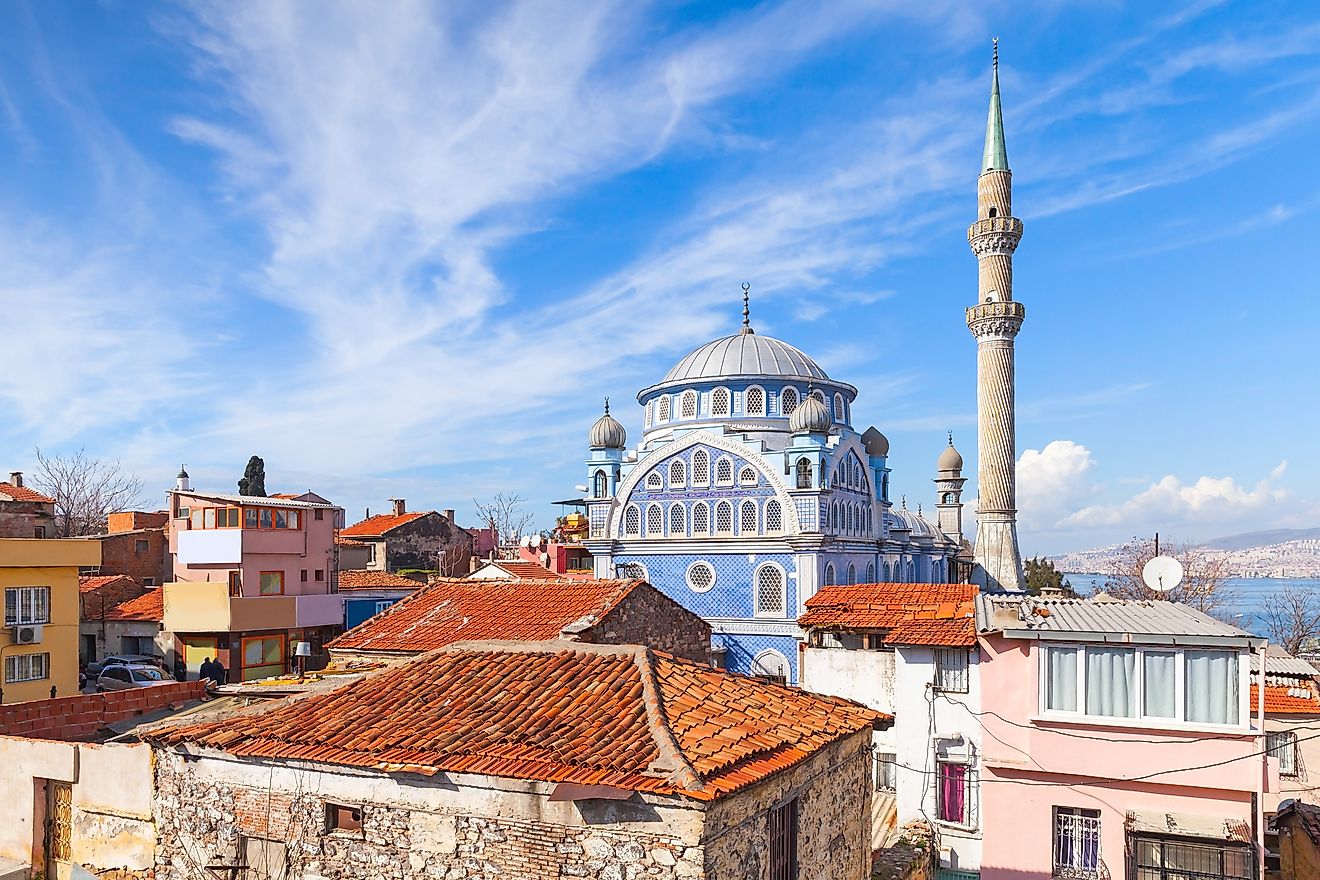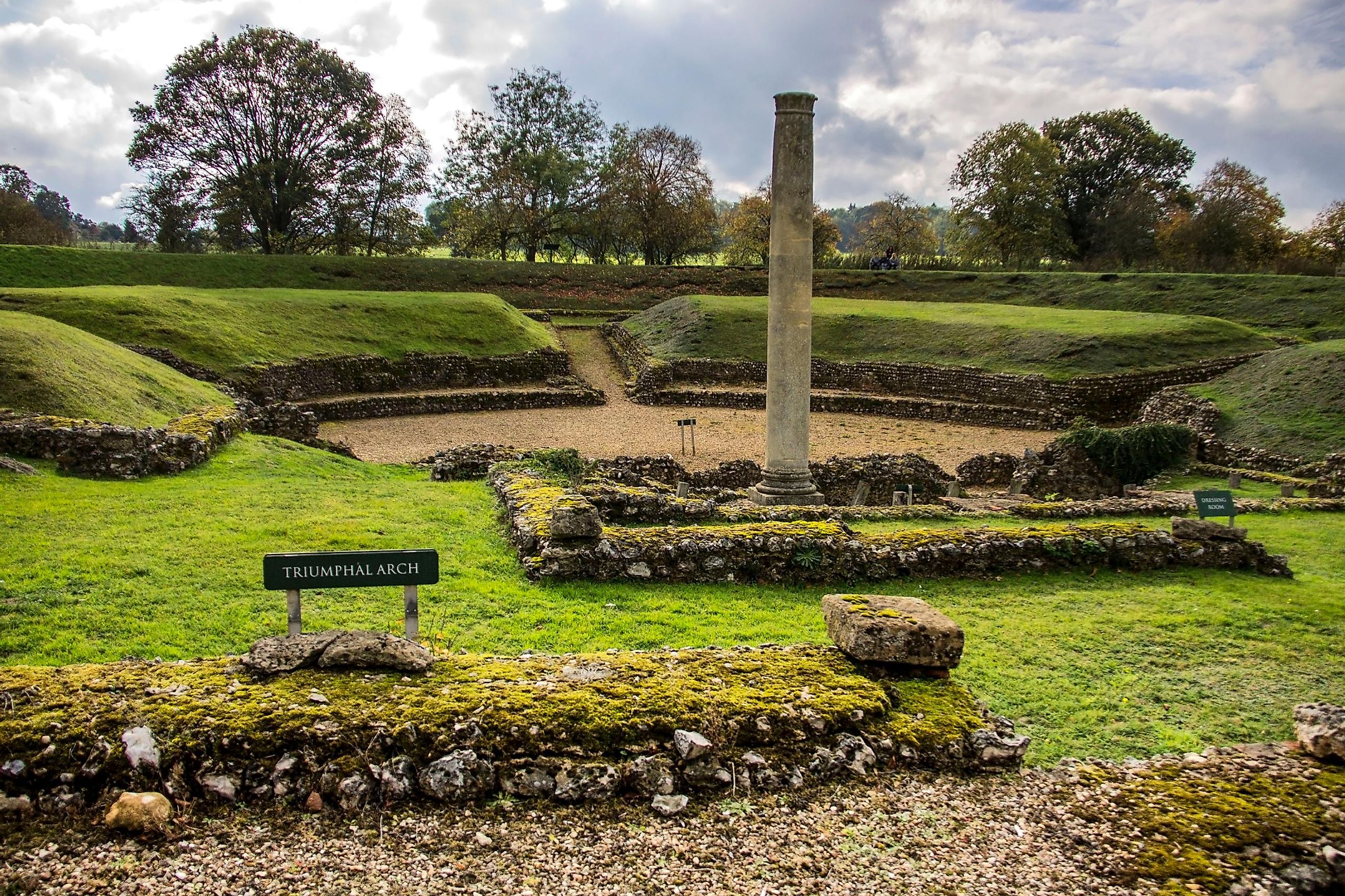
7 Greatest Roman Cities In The United Kingdom
The Roman Empire left an indelible mark on the islands of Britain, as it did throughout most of the European continent, modern Turkey, and northern Africa. The concept of towns, which is commonplace all over the world today, was introduced to Britain by the Romans. The towns the Romans built offered an environment for the exchange of goods and services, not to mention their use as hubs of tax collection and supply centers, which serviced the empire and further conquest.
Romans used towns as administrative centers and capitals of culture. The public buildings like form basilicas, which housed town councils and local courts, were used for local governance and cultural exportation and assimilation. These forums were the main public square, where ceremonies and assemblies were held. They also were marketplaces of commerce and socialization. Amphitheaters were used for entertainment and events. Popular forms of entertainment included gladiatorial combat, bear-baiting, annual hunts, boxing, and wrestling.
From military fortresses to thriving centers of trade and culture, the ancient Roman cities of the United Kingdom must be explored. Join us on a historical tour of these ancient cities, featuring sites of natural mineral hot springs, Roman Gardens, opulent bathhouses, temples of worship, and amphitheaters. The cities of Londinium (London), Deva (Chester), Aquae Sulis (Bath), Eboracum (York), Isca Augusta (Caerleon), Corinium (Cirencester) and Verulamium (St. Albans) are some of the most iconic Roman cities in all of Britain that today are archaeological treasures, housing remarkable stories and landmarks, which bridge the distant past with the present.
Londinium
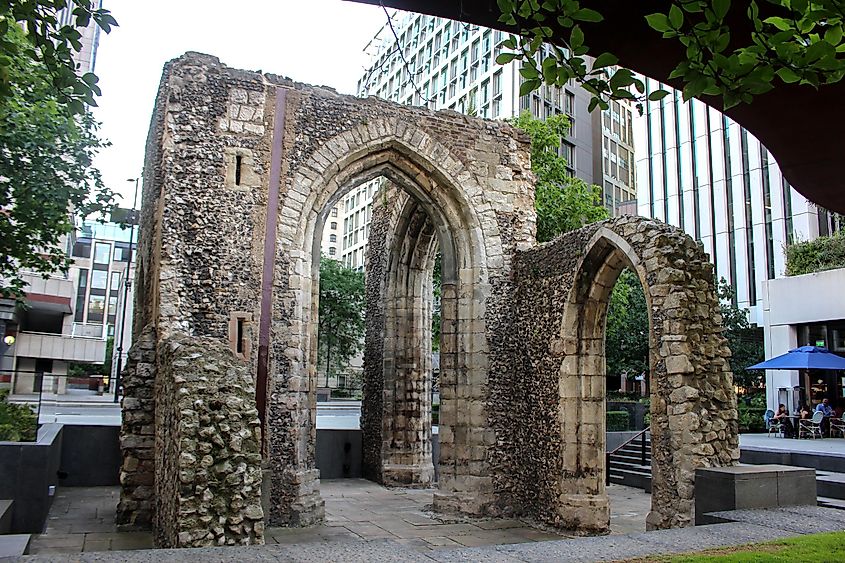
Once the capital of Roman Britain, Londinium was a Roman city that is currently occupied by the city of London. Today, one will find well-maintained remains of that ancient city. Archaeologists have yet to find evidence of Iron Age settlements in the area before the Roman conquest of 43 AD. Most historians think the town was established between 47 and 50 AD, after the Claudian invasion of Britain. The site was established at one of the narrower points on the River Thames, where it was also deep, allowing for the construction of a bridge that boats could pass under. The city became a center for trade and hosted an amphitheater, baths, and forums. Londinium was a flourishing city until the 5th century, when Roman influence in the region declined. Today, one can find remnants of the defensive wall that surrounded Londinium in various parts of the city.
Deva
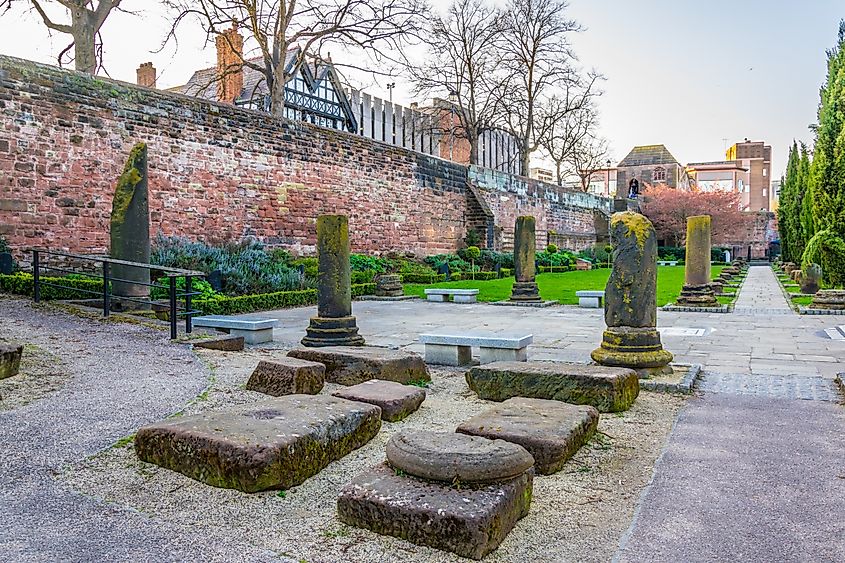
View of Roman ruins in Chester, England.
Modern-day Chester, a city located in northwest England, was built on the first-century Roman city of Deva. Deva was established around the middle 70s AD and was an important Roman fortress, along with an amphitheater, basilica, and Roman Gardens. The fortress was 20 percent larger than York or Caerleon and was a crucial pillar of Rome’s invasion of Ireland. Lying along the banks of the River Dee, a harbor was built. Historians have noted that the construction of the fortress was complex and relatively advanced, showing the skillfulness of the builders. Archaeologists have discovered many prominent buildings in the area, and it is believed that Deva hosted the residence of the governor of the province. Today, one can visit the Chester Roman Amphitheatre, which is one of the largest of its kind in Britain. Further, there’s a reconstruction of the Roman Gardens, and well-preserved Roman walls can be found.
Aquae Sulis
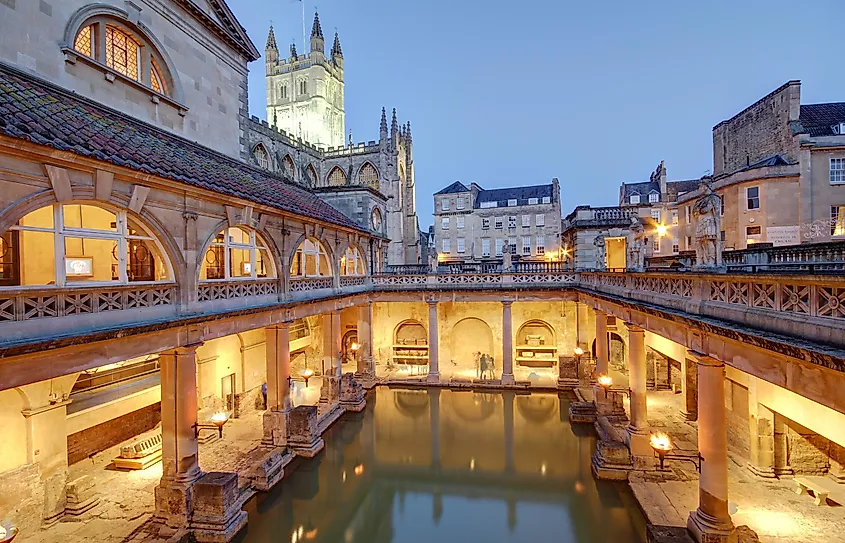
Old Roman baths at Bath, England, were built on the site of the goddess Aquae Sulis.
Aquae Sulis is Latin for “the waters of Sulis.” The Goddess Sulis was worshiped by the Dobunni, Iron Age tribes that lived in the area before the Roman conquest. The bath city has natural hot springs that are heated by geothermal activity. The water temperatures rise to 113 degrees Fahrenheit. After the Roman conquest across Britannia in 43 AD, a temple was built and later converted to the worship of Minerva, the Roman goddess of wisdom and strategic warfare, in addition to being the sponsor of trade, arts, and strategy… What a gal! Over time, the bathing complex developed with a hot bath, a lukewarm bath, and a cold bath. The city became a social and healing center. By 500 AD, the town had declined and was eventually destroyed. Today, one can tour some of the best-preserved ancient baths in the region. The Bath Abbey was built on the site of the former Roman temple. The ruins of many significant buildings have been discovered, which support the historical understanding that Aquae Sulis was an important ancient city.
Eboracum
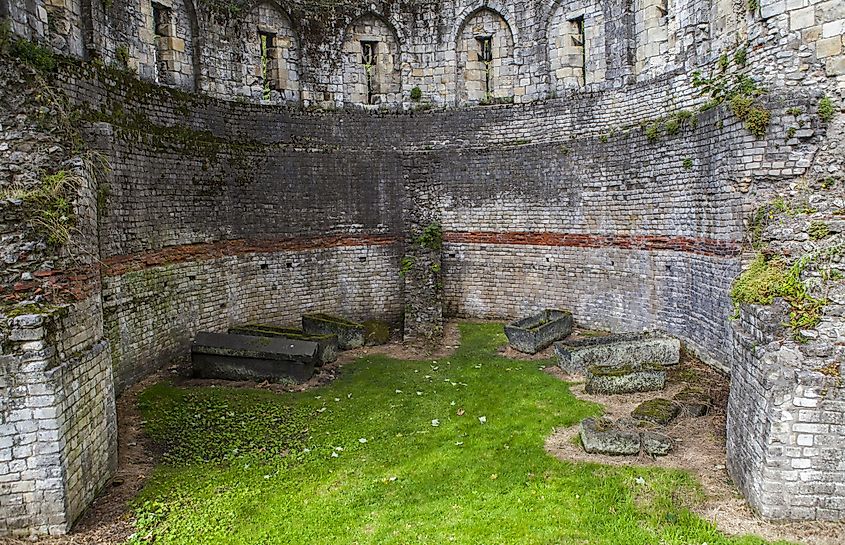
Remains of the ancient Multangular Tower in York, England. Northwest corner of the Roman Legionary Fortress of Eboracum.
The city of York is built on the site of the Roman city of Eboracum. In 71 AD, the ninth legion of the Roman Army marched roughly 56 miles from what is now Lincoln to York. The 5,000-man legion conquered the Brigantes, a tribe that occupied lands that ran from modern-day Humber to the lowlands of Scotland. The Romans built a mighty fortress at the point where the rivers of Ouse and Foss met. A civilian settlement was later established across the river from the fortress. The city became a key Roman administrative and military center and was once visited by Constantine the Great. Today, visitors can see the York Minster Cathedral, which stands on the site of the former Roman basilica and displays a blend of architectural styles. The Yorkshire Museum offers a vast collection of Eboracum artifacts.
Isca Augusta
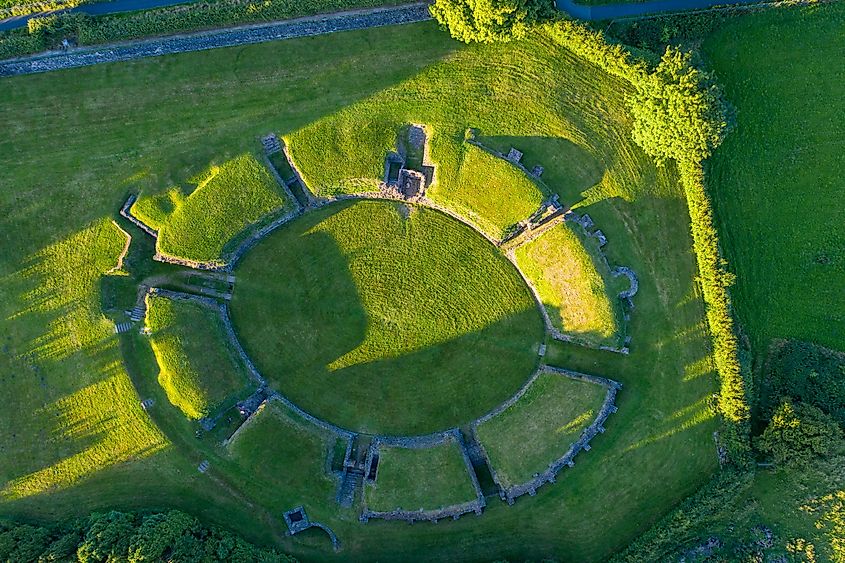
Aerial view of Caerleon, Wales, home of the Roman Amphitheatre.
The Welsh town of Caerleon was once the site of the Roman fortress and city of Isca Augusta. Today's visitors can explore the remains of a Roman amphitheater (used for gladiator combat and military shows), barracks, and bathhouse. The Roman Legionary Museum has artifacts and reconstructions from the period. Isca Augusta was established in 74 AD (a rough estimate) by Sextus Julius Frontinus, the governor of Britain. A fortress was built to aid the Roman subjugation of the tribes of Wales. The oval amphitheater constructed by the Romans became known in local folklore as “King Arthur’s Round Table.” Usurpers likely demolished the fortress in their attempt to seize power in the mid to late 300s, but some of the buildings were used up until 380 AD.
Corinium
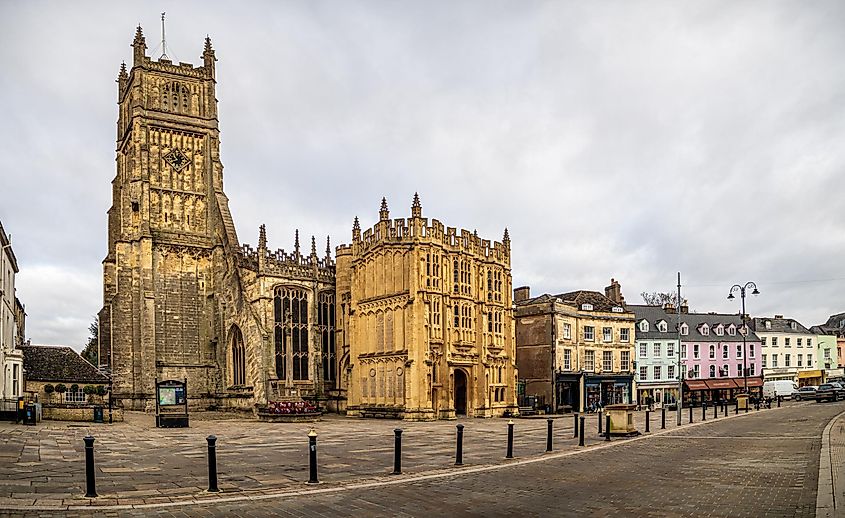
The beautiful Roman town of Cirencester, United Kingdom.
Corinium became the second-largest Roman city in Britain, with its walls encompassing some 237 acres. The town is estimated to have had a population of between 10,000 and 20,000. Homes, temples, baths, an amphitheater, and shops were built. The roads that went out from the city gates were lined with cemeteries. Corinium was a prosperous town and was a center for the military and Roman culture in the region. One can visit the Corinium Museum today and see artifacts of the Roman city, which support the historical understanding that the city was an administrative and commercial hub in the region. Fragments of Roman walls can still be seen in parts of modern Cirencester, and a partially excavated amphitheater is available for public tours.
Verulamium
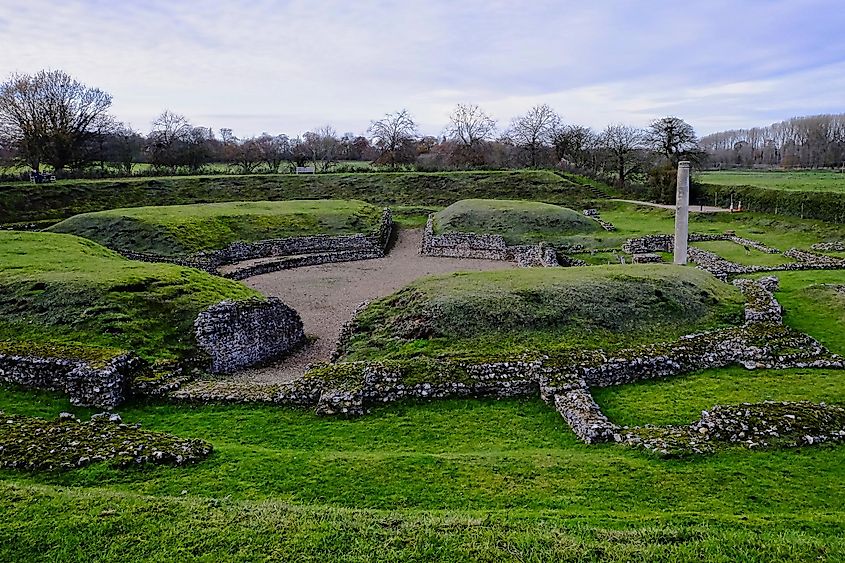
Verulamium was a pre-Roman town in the region of Catuvellauni, which is modern-day St. Albans. The region was once the capital of Tasciovanus (from 20 BC to 5 AD). The Romans conquered the region between 44 and 45 AD; the city was built around 50 AD. The city had forums, basilicas, and a theater. The town was destroyed and rebuilt by war and fire. The final rebuild was in 79 AD. Today, one can visit the Verulamium Museum and Park, which is rich in Roman heritage and offers a look into the town’s thriving past. Among the ruins of Verulamium, one will find a Romano-Celtic temple, market hall, triumphal arches, wall fragments, and houses containing fine mosaics and murals.
Great Roman Cities of Britain
The modern cities of London, Chester, Bath, York, Caerleon, Cirencester, and St. Albans all contain remains of their ancient Roman heritage, some seen in the physical ruins that can be explored by tourists and others in subtle cultural markers that serve as echoes of the past. These cities whisper stories of ancient conquests, commerce, and cultural intermingling that shaped the British Isles. For history buffs and world travelers alike, these cities should be added to one’s travel bucket list.
